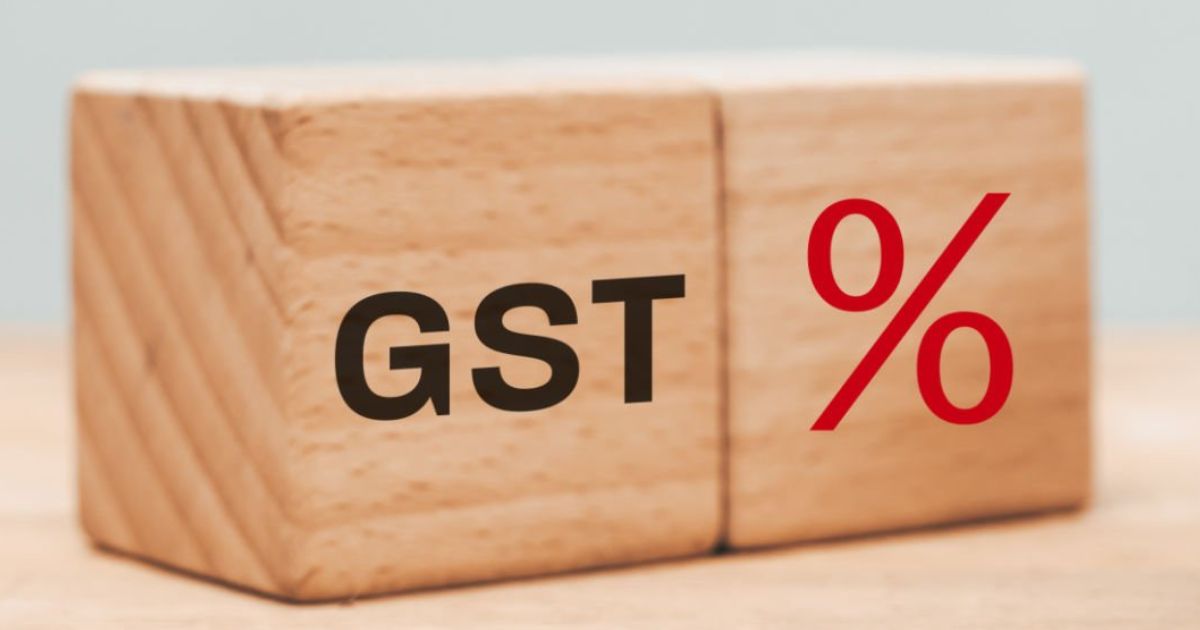High-capacity motorcycles could attract 40% tax under new slabs, while bikes under 350cc may benefit from lower GST rates.
India's automobile taxation system is headed for a significant shake-up as the Centre proposes a new structure for the Goods and Services Tax (GST). Under the draft plan, motorcycles with engine capacities of 350cc and above may soon fall under a special 40% GST slab, up from the current effective rate of 31%.
The restructuring aims to streamline taxation, reduce classification disputes, and simplify compliance. This proposal will be discussed at the GST Council meeting scheduled for September 3-4.

Current Tax Structure
At present, the tax incidence on vehicles is as follows:
- Motorcycles (350cc and above): 28% GST + 3% cess (total 31%)
- Luxury cars: Up to 50% tax, due to higher cess rates
- Motorcycles (below 350cc): 28% GST with no cess
This system often leads to disputes about classifications, particularly in the premium motorcycle segment.
Proposed GST Changes
The government now plans to introduce a simplified two-slab GST model for automobiles (excluding tractors):
- 18% GST - For small cars and two-wheelers below 350cc
- 40% GST - For large cars and motorcycles above 350cc
Officials believe this streamlined approach will make GST compliance easier while giving clarity to the automotive sector.
Impact on Market and Prices
If approved, the new GST structure will directly affect pricing in the two-wheeler industry.
- Motorcycles above 350cc will become more expensive as manufacturers may pass on the higher 40% GST burden to buyers. Popular models like the Royal Enfield Classic, Meteor, Hunter, and Honda H'ness belong to this segment.
- Motorcycles below 350cc stand to gain significantly with a reduced GST slab of 18%, making them more affordable. Since 97% of India's domestic two-wheeler sales in FY25 came from this category (a 5% YoY growth), the lower tax could further strengthen demand.
Additionally, scooters-all of which fall under the sub-350cc category-posted a strong 17% growth in FY25 and are expected to benefit from cheaper prices.
Beneficiaries and Losers
The impact of this reform will be different across manufacturers and market segments:
Winners:
- Royal Enfield could benefit significantly since a large part of its range falls just below the 350cc limit. This gives it a competitive edge over rivals producing larger-capacity bikes.
Losers:
- Bajaj-Triumph, Hero-Harley, and other premium motorcycle manufacturers may face challenges, as their models often exceed 350cc and could see price hikes.
Despite the upcoming tax burden, the premium motorcycle segment has shown robust growth, recording a 32% increase in FY25 compared to FY24. However, industry experts note that the announcement of higher taxes has already dampened customer sentiment, with many buyers postponing purchases.
Broader GST Restructuring
This proposal is not limited to motorcycles-it is part of a larger overhaul of India's GST framework.
- The 12% and 28% slabs could be phased out.
- A two-slab structure (5% and 18%) will become standard.
- Luxury and sin goods, including high-capacity motorcycles, will be taxed at 40% to offset revenue losses.
According to government officials, this structure will help both Centre and States maintain fiscal balance while making GST simpler and more transparent.
Conclusion
If approved by the GST Council, this reform could reshape India's motorcycle market. Entry-level and mid-range bikes under 350cc may see greater affordability, while larger premium motorcycles risk becoming costlier for consumers.
The outcome of the September GST Council meeting will be critical in determining how this new tax structure impacts manufacturers, customers, and the broader automotive ecosystem.
Disclaimer
This article is intended purely for educational purposes. The securities or companies mentioned here are only examples and not recommendations. This article does not constitute investment or financial advice, nor does it attempt to influence any decisions. Readers are encouraged to conduct their own research and due diligence before making any investment-related choices.
Investing in securities carries market risk - always read related documents carefully before investing.







 CAclubindia
CAclubindia

